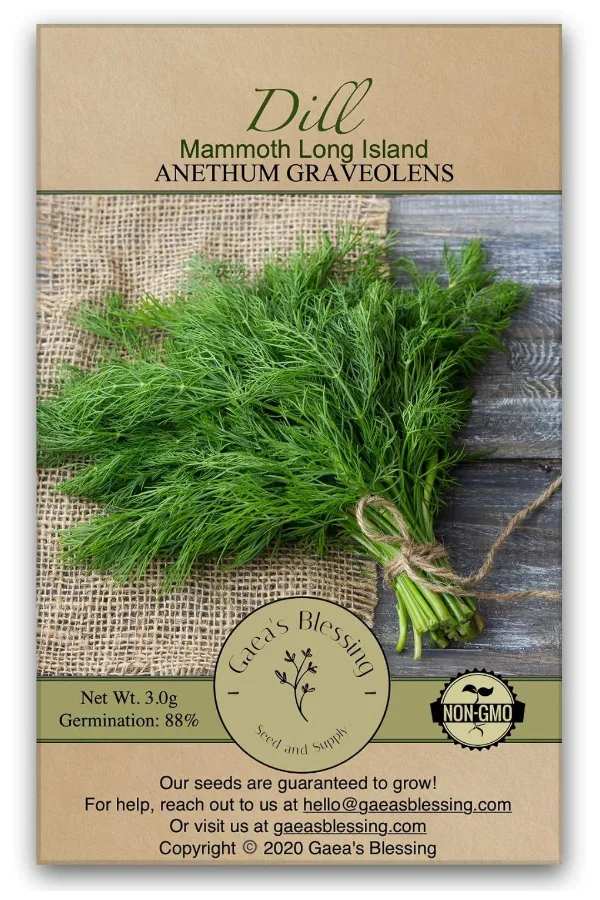Make this the year you finally plant and create your very own butterfly garden – not only can a butterfly garden bring a slew of helpful pollinators to your landscape, it can also add incredibly beautiful flowering plants to bring your yard alive like never before!
Butterfly gardens have become more and more popular with each passing year. By simply filling an area with the plants that attract these colorful winged insects, you can bring them in and keep them around all spring and summer. And as pretty as they can be to watch flutter about, they can be more than helpful when it comes to your vegetable and flower gardens!
Butterflies feed on the nectar produced by the blooms on plants. As they travel from flower to flower, pollen sticks to their bodies and wings. And it’s that powdery yellow dust that pollinates every plant they visit, including vegetables and flowers.
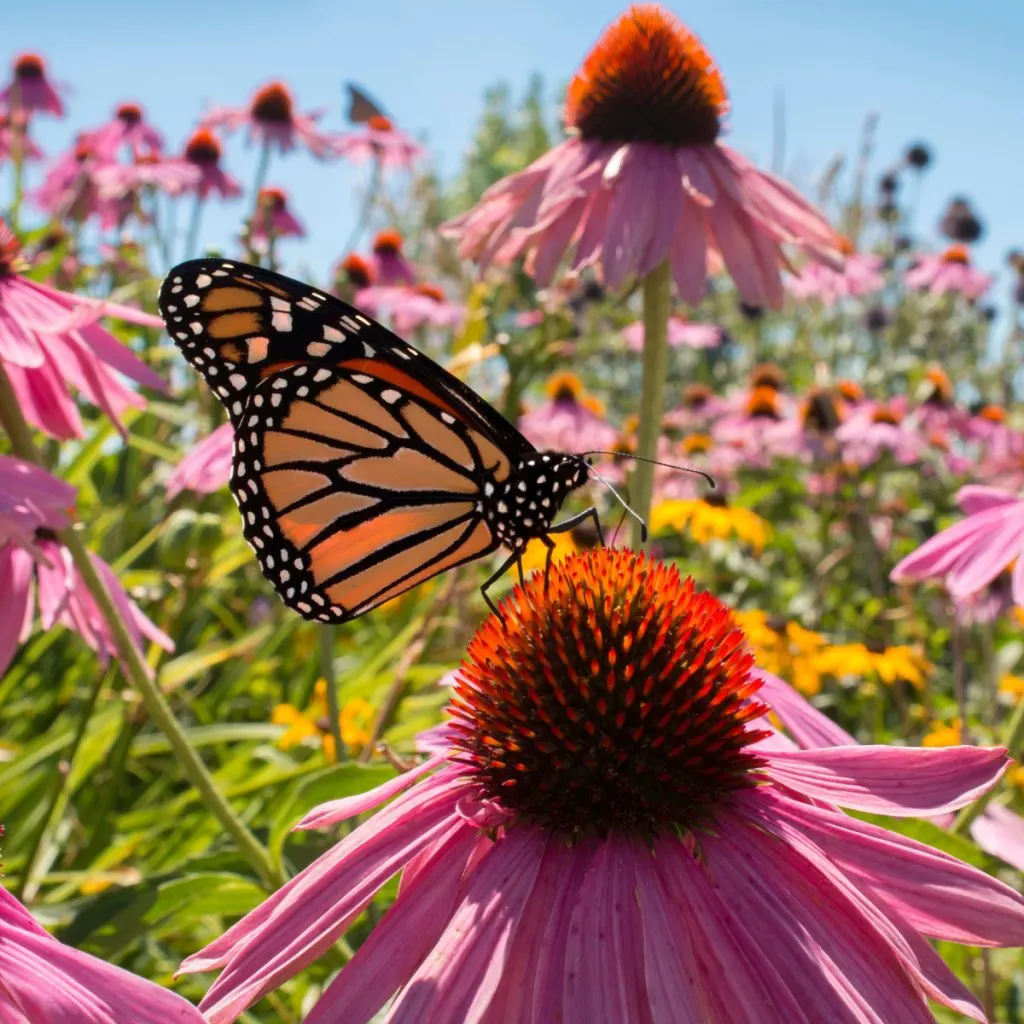
By creating a simple butterfly garden, you give butterflies the perfect space to rest, feed and reproduce. All out of harm’s way. Even better, the garden space doesn’t have to be complicated or difficult to make. And perhaps best of all, those same plants will also attract birds, bees and other helpful life as well!
How To Plant & Create A Butterfly Garden
Understanding A Butterfly’s Lifecycle
One of the keys to providing butterflies with the perfect space is to understand their life cycle and their needs for each stage. These insects go through four stages in their life cycle: egg, larva (or caterpillar), pupa (or chrysalis), and adult.
Adult butterflies lay eggs on the plants that the caterpillars will feed on once they hatch. The caterpillars will spend the majority of their life cycle eating and growing on these same plants.
Caterpillars will then create a pupa or chrysalis, often on the underside of a plant’s leaf. It is inside this chrysalis that a physical change takes place. That wiggly caterpillar turns into a beautiful butterfly. Then, the process starts all over again.
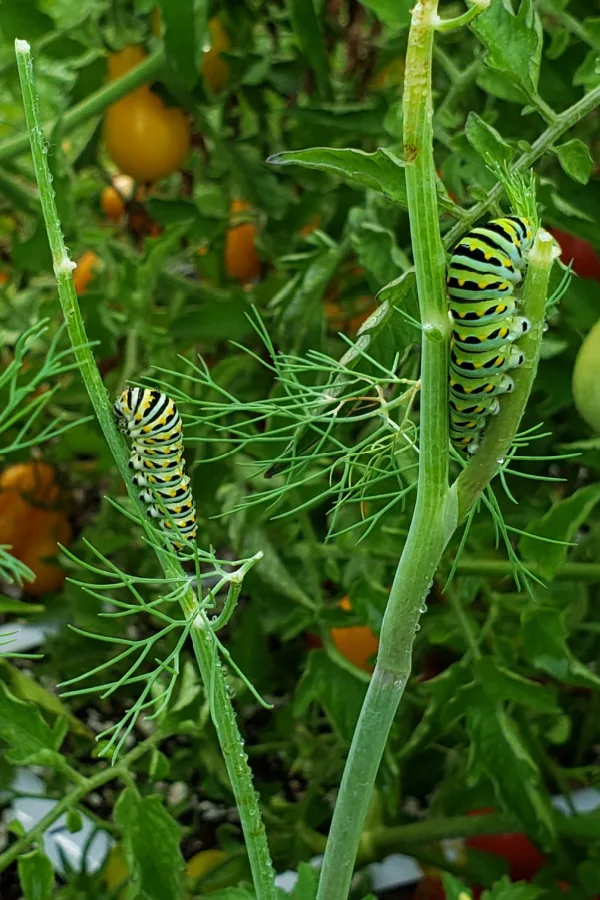
By adding flowers and plants that will not only provide nectar to the adult butterflies but also feed and house the caterpillars and chrysalis as well, you can create an inviting place that butterflies will call home. Success is as easy as picking the right location for your butterfly oasis – and then growing the plants they love most!
Locating Your Butterfly Garden – How To Plant & Create A Butterfly Garden
Your butterfly garden can be any size – from a wide open field of flowers to a small cluster of container plants, it all works. In fact, butterflies often prefer several smaller locations scattered throughout your property as opposed to one large area.
One of the most important factors in creating a successful butterfly garden has to do with the sun. Butterflies need the sun to help keep their bodies warm and to help dry out their wings after emerging from the chrysalis.
To help with this, select a location or locations on your property that receive at least 6 plus hours of sunlight each day. Also, keep in mind the amount of wind the location receives.

A butterfly has delicate wings and cannot handle being in a location with harsh winds. Provide some sort of wind block for best results. Locating your butterfly area where there is an existing fence or large shrubs that block wind is perfect for this.
To really add to it all, plant a few spots within your already established garden to plant more of the butterfly’s favorite collection of plants. Even a few plants in raised beds or near garden vegetables will bring butterflies and other pollinators closer to where they can help the most.
Selecting The Best Plants For Butterflies – How To Plant & Create A Butterfly Garden
To have a truly successful butterfly garden, you need to plant not only flowers that will attract butterflies, but also those that will be a great host to their eggs and caterpillars as well. It’s also best to include a variety of heights, colors, and blooming times. (See, “6 Gorgeous Plants To Grow To Attract Butterflies“)
Best Choices For Butterflies
Unlike some pollinators, butterflies need to land in order to feed on the nectar of plants. Choose plants that feature larger, flat petals or ones that are tubular in nature.
Butterflies will feed on any flower that has nectar, but they do tend to have some types they prefer over others. So what are the best? Flowers like coneflowers, phlox, aster, yarrow, alyssum, bee balm, dianthus, sedum, black-eyed Susan and butterfly bushes are all great options for this.
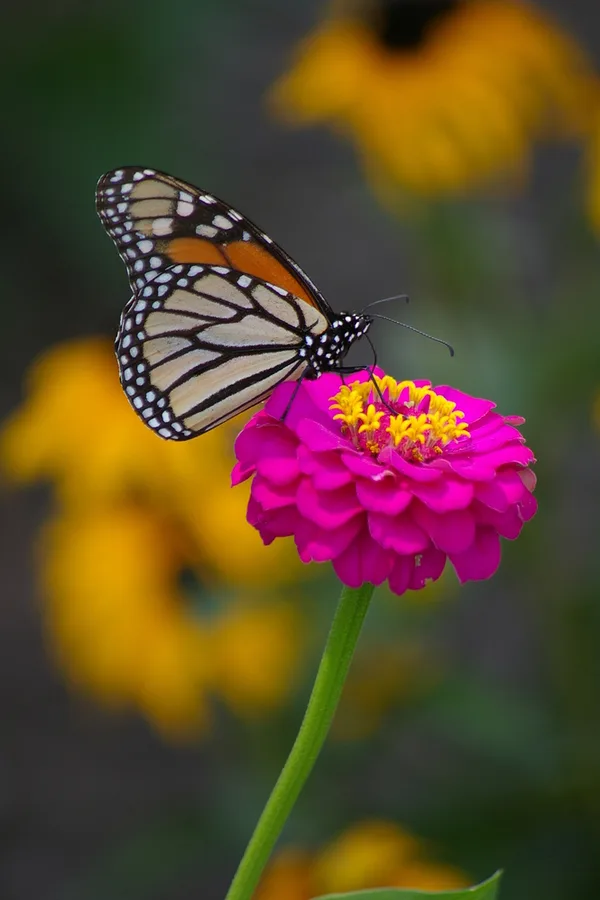
In addition, also include a few nectar-rich flowers like cosmos, zinnias, petunias, and lantana as well. A combination of some or all of the above will give them plenty of places to land – and plenty of nectar for feeding.
Zinnias and cosmos are particularly good as they can be direct seeded. They are also great self seeders too! Not only are they wonderful for butterflies, they also fill your flowerbeds with long-lasting color and blooms from late spring til fall. Affiliate Link: Cosmos Seeds Wildflower Mixture – Bulk 1 Ounce Packet
Choices For Caterpillars
While butterflies feed on the sweet nectar of the blooms, caterpillars feed on the plant’s foliage instead. Dill, carrot, parsley, fennel, and milkweed are some of the caterpillars’ favorites. Again, different species of butterflies will have their own specific preferences, but these varieties are among the best. Affiliate Link: Dill Seeds Gaea’s Mammoth Long Island.
By having a mix of food for each stage, you all but ensure that butterflies will not just visit, but take up a more permanent residence through the spring and summer months.
Provide Water – How To Plant & Create A Butterfly Garden
In addition to nectar, butterflies also need water to survive. You can use small bird baths to do this, or you can create shallow “homemade” puddles in a few spots in your butterfly garden to provide them with a way to drink water as needed.
To create a homemade puddle, use a drip tray from a potted plant or any shallow dish. Scrape away a bit of soil and place the tray level with the surrounding soil. Add a few smaller rocks or pebbles inside of the dish and then add the water.
You can also add a bit of sand or soil as well to add additional minerals to the water. Be sure to keep this source of water fresh, especially on hot days. You will notice after doing this that quite often, you will have butterflies congregating together at “the local watering hole.”
Resting & Shelter Areas – How To Plant & Create A Butterfly Garden
Butterflies like to rest and sunbathe on rocks, fence posts, or other similar sunny spots. It allows them to warm their bodies while also resting. Incorporate a few of these resting areas, making sure to keep them out of the wind and in full sun.
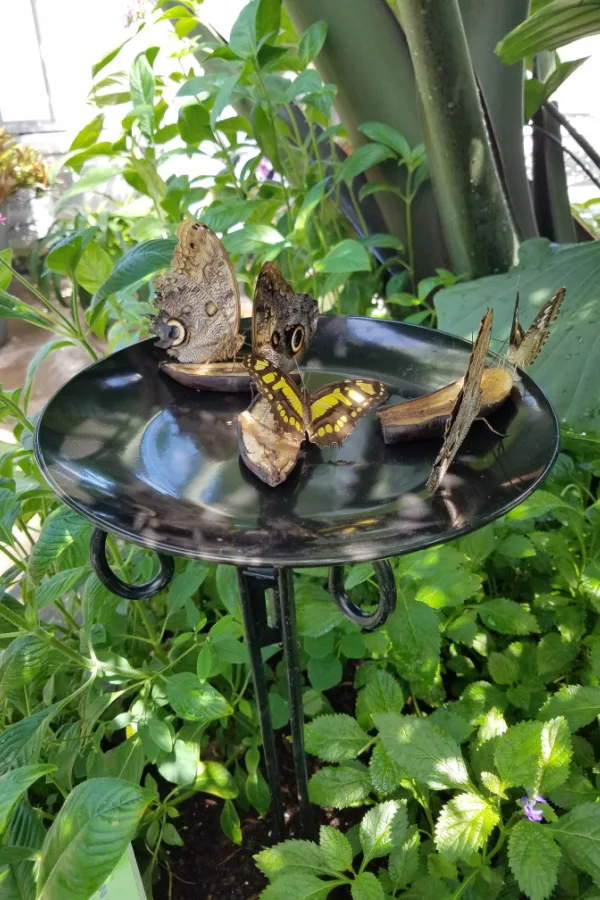
Along with the plants themselves, you can also create other shelter areas for your butterfly garden. Stacked lumber, trees, and shrubs all make excellent hiding places for butterflies. It also helps protect them during rainy weather and keeps them hidden from predators.
In addition, these shelters can make excellent protected places for caterpillars to create their chrysalises too. You can even purchase or create your own butterfly houses as well. (Affiliate Product Link: Wildlife World Butterfly House)
Offer Homemade Food – How To Plant & Create A Butterfly Garden
If your plant’s blooms have started to fade, you can also provide nourishment to butterflies in your garden by serving up some homemade food.
Options like overripe bananas, peaches, apples, plums, and pears; 100% natural fruit juices; and sugar water are all good options. To really encourage eating, add a few drops of yeast or a sugar mixture like molasses or white sugar to the fruit as well.
Offer these items in their favorite resting areas or in a shallow dish. Be sure to replace them frequently, especially during really hot days.
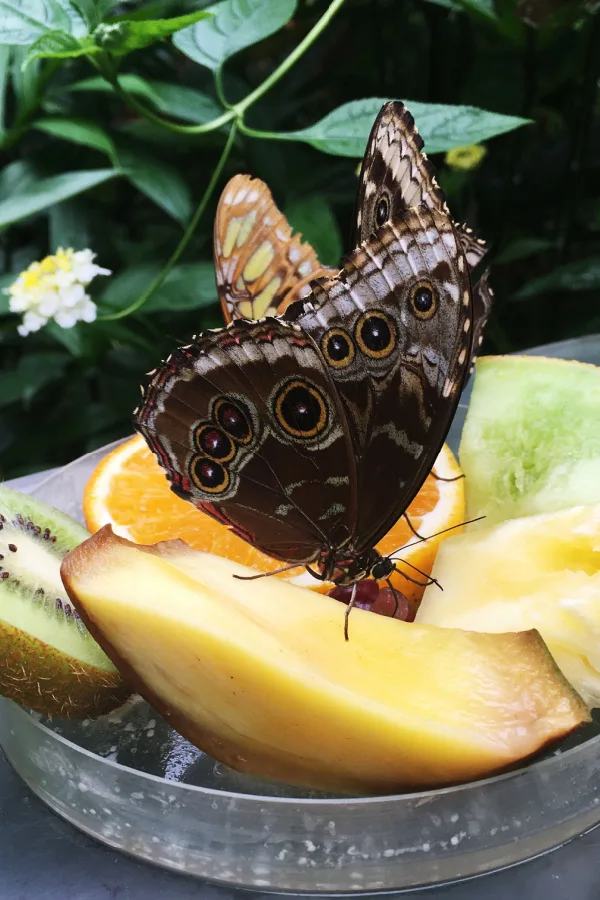
Keeping Pesticides Away – How To Plant & Create A Butterfly Garden
Just as with bees, pesticides will also harm butterflies and other useful pollinators. It’s best to avoid using any pesticides and opt for more natural methods instead. Even natural insecticides can be harmful. For instance, Bacillus thuringiensis (Bt) will kill butterfly caterpillars and should not be used around them.
The good news is that when insects are allowed to live in balance, issues rarely occur for plants. And butterflies are just all part of the wonderful process!
Here is to creating a butterfly garden with your family and watching the lifecycle of the butterfly happen right in your very own backyard – all while they help to pollinate your vegetables and flowers!
Follow Our Facebook Page For Even More Great Tips! Simple Garden Life Facebook Page
Simple Garden Life is a website dedicated to keeping gardening fun, simple and enjoyable! We publish two new articles each week along with a new garden podcast episode every two weeks. This article may contain affiliate links.

